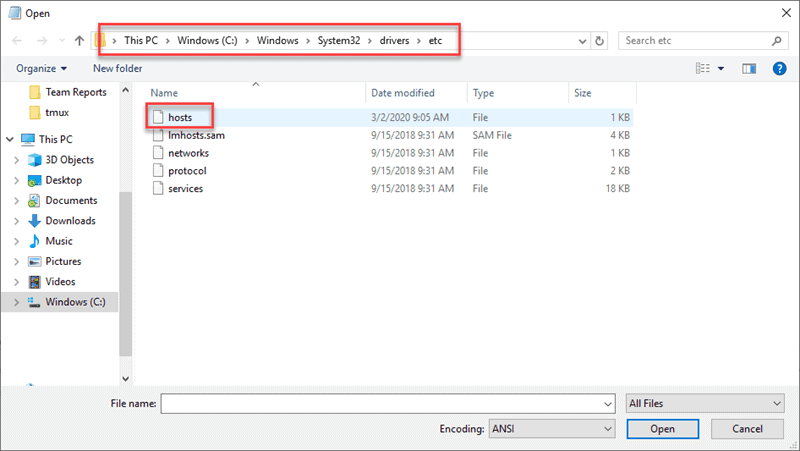

- #EDIT HOST FILE FOR MAC HOW TO#
- #EDIT HOST FILE FOR MAC PASSWORD#
- #EDIT HOST FILE FOR MAC MAC#
- #EDIT HOST FILE FOR MAC WINDOWS#
To edit the file, you will add your own lines after broadcasthost. It also contains default IP values for localhost and broadcasthost. For each line, any text after the pound sign is ignored by the computer, making it a good way to add notes and descriptions to your files. It contains a number of lines of descriptive text which are “commented out” with the pound or number sign (#). If you go to /etc/hosts and open it using Finder, simply double-clicking on it, it will display the file’s contents in TextEdit (or the text editor of your choice).īy default, the hosts file is relatively simple.
#EDIT HOST FILE FOR MAC PASSWORD#
Type the following command and then hit Return key: sudo nano /etc/hostsĮnter your administrator password and then hit Return. You will need your administrator password, as well. In the Terminal window, you will need to enter a command to open the Nano text editor. Now double-click on Utilities and then double-click on Terminal. You can search for Terminal using Spotlight or by selecting it in Finder. The best way to work with the Hosts file is using the Terminal application found in your Mac's Utilities folder.
#EDIT HOST FILE FOR MAC MAC#
You'll need to know the IP address of the device you'd like to send your Mac to, or the domain names you're trying to keep your Mac away from.

#EDIT HOST FILE FOR MAC WINDOWS#
You can also use the hosts file to block or work around spyware and ad networks by "zeroing out" their IP addresses - putting in 0.0.0.0 then the name of the domain you'd like to block.īasically, the hosts file do the same operation we would see on Windows and Linux modifying the same file on those systems. Before the system's online and accessible to anyone using DNS, you can use the hosts file instead: enter the machine's IP address and when you use that domain name, your Mac will go to that device instead. Let's say you're testing a development server you're about to deploy, and you'd like to use its domain name instead of the machine's specific IP address. There are some practical reasons for why you'd want to use the Hosts file instead of just letting DNS do its thing. It's called the Hosts file, and it can be used to override the default DNS cached information and following requests.
#EDIT HOST FILE FOR MAC HOW TO#
The Domain Name System and its associated cache is your Mac's standard way of knowing how to get to where it's going on the Internet, but there's another file that can be very useful. The Domain Name System (DNS) translates those numeric addresses into something a bit more recognizable and memorable to humans, like, "for example. When you type in the domain name of a web site you want to visit there's a lot happening behind the scenes.Įvery web site, every service, almost every device connected to the Internet has a unique numeric address that tells all the other devices where it is - its TCP/IP address.

It's called the hosts file, and this is how to use it. If you are setting up a new web server or another device that's going to be connected to the internet and you want to put it through its paces before it's live, or if you're having trouble with spyware and adware networks, there's an invisible file on your Mac that can help.


 0 kommentar(er)
0 kommentar(er)
